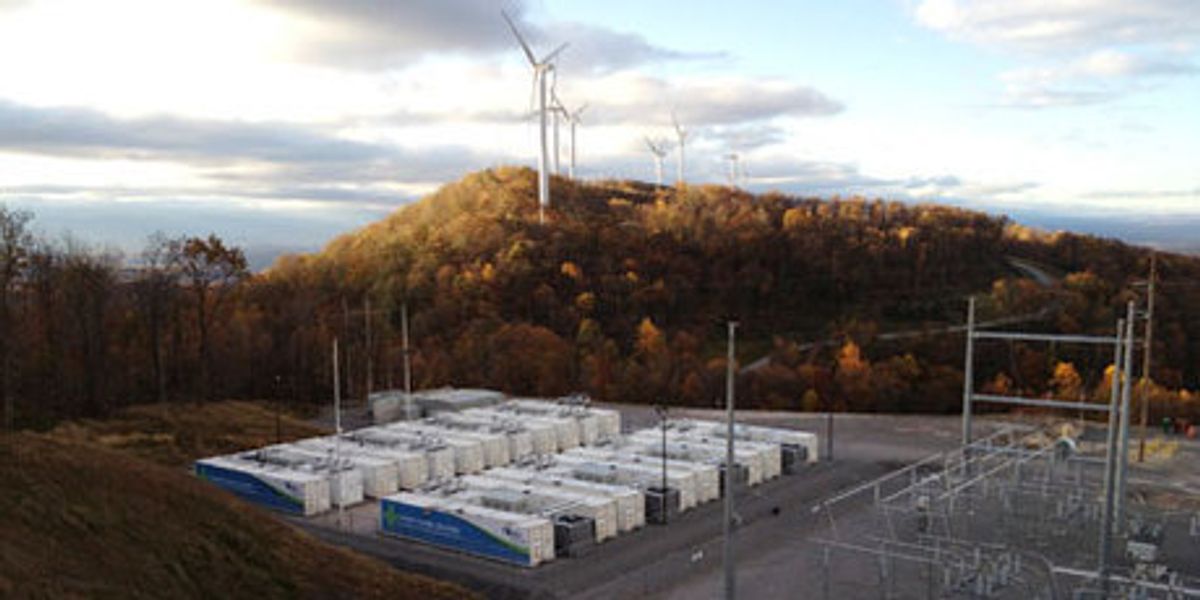The March issue of Scientific American, available online and on newsstands, contains a very useful article describing and assessing five energy storage technologies. The magazine assembled a panel of experts and had them rank the five in terms of scalability, cost effectiveness, and energy efficiency. On a scale of 5, pumped hydro and compressed air get scores of 4 or close to 4, while three others--advanced batteries, thermal storage, and home hydrogen are deemed to "require some kind of breakthrough."
Some of the details, to be sure, are open to debate. Home hydrogen, which typically would involve splitting water, gets such low scores one wonders why it is on the list at all. Thermal storage, on the other hand, is already being done on a large scale in very sophisticated installations, so that one wonders whether breakthroughs really are still needed. The article mentions thermal concentrating plants in Sicily and southern Spain, which also have been nicely described by Robert Service in the Nov. 18, 2011 issue of Science magazine; the panel gives thermal storage ratings of 3.6, 3.6 and 3.0, which would seem to put it right on the edge of competitiveness.
Backup energy storage devices traditionally could be arrays of lead acid batteries or, more recently, lithium ion batteries. More advanced batteries include the sodium sulfur type that may be put in a grid-scale installation in Baja California, as the January issue of Spectrum described. Or they could be flow batteries, like the vanadium type described in a recent Spectrum blog post. The SciAm panel gives advanced batteries ratings of 3.6, 2.0 (for cost effectiveness), and 3.8, indicating that a lot of (exciting) work remains to be done before such devices will be widely competitive.
To complete the list: pumped hydro is not a niche technology, with total capacity equivalent to 10 percent of total generating capacity in Japan, 5 percent in Europe, and 2 percent in the United States. Despite the buzz around compressed air, on the other hand, there is just one major installation in the United States and one in Germany, among others.



